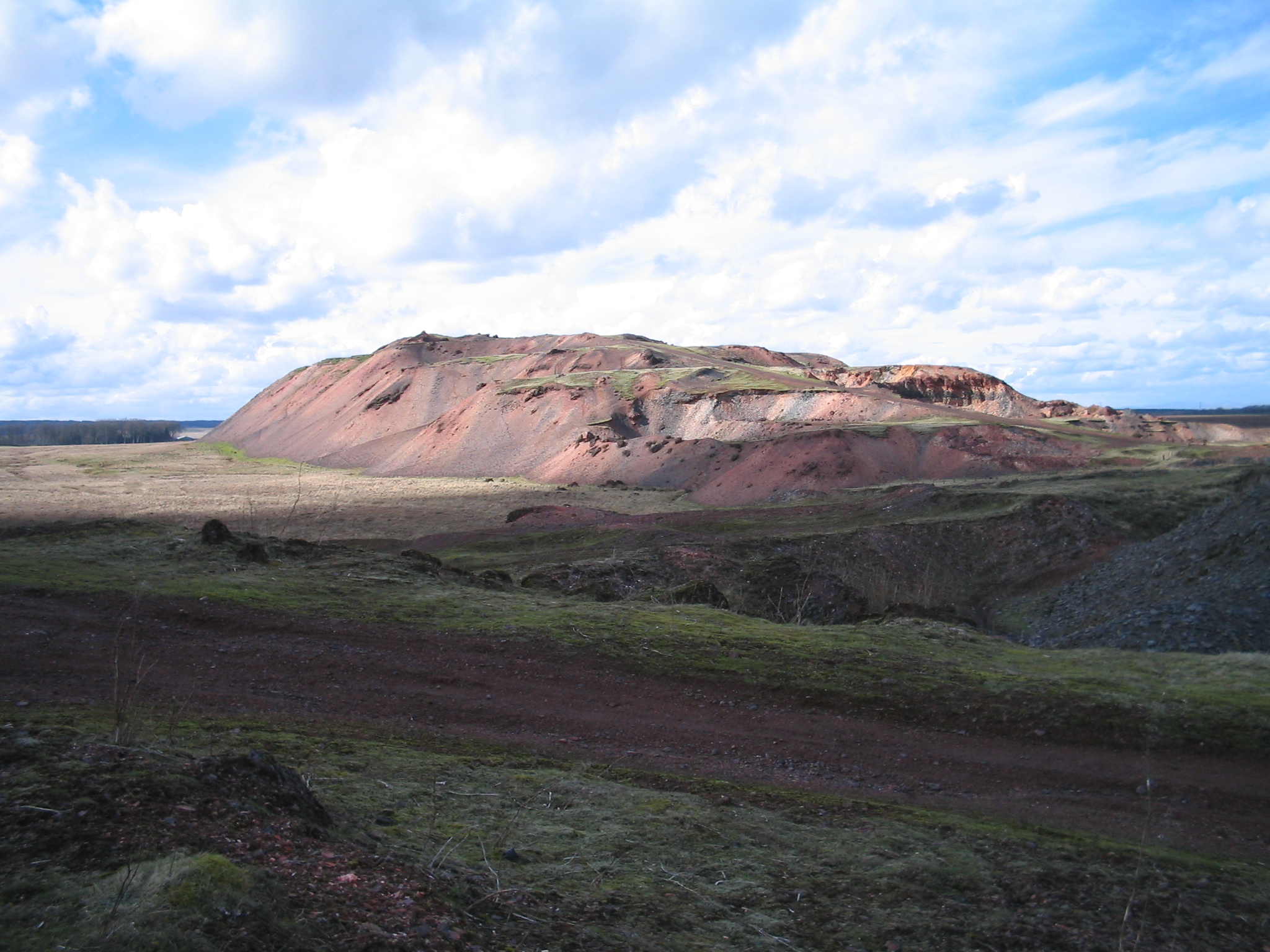Crosswood Hill
Hill, Mountain in Midlothian
Scotland
Crosswood Hill
![The road to Tarbrax A modified turning off the A70 [Lang Wang] which, after another turn, will lead to Tarbrax, a small isolated village left over from the oil-shale mining era of the 19C.](https://s1.geograph.org.uk/geophotos/02/81/10/2811029_1f02a850.jpg)
Crosswood Hill is a prominent landmark located in Midlothian, Scotland. It is a hill that reaches an elevation of approximately 168 meters (551 feet) above sea level, making it a notable feature in the surrounding area. Situated near the town of Penicuik, Crosswood Hill offers breathtaking panoramic views of the picturesque countryside.
This hill is characterized by its rolling terrain, covered with lush green vegetation and scattered patches of forest. The hill itself is predominantly composed of sedimentary rock formations, which have been shaped over time by natural erosion processes. This geological diversity adds to the unique charm of Crosswood Hill.
The hill is accessible via various footpaths and trails, making it a popular destination for outdoor enthusiasts and nature lovers. Hikers and walkers can explore the surrounding countryside, taking in the beauty of the Scottish landscape while enjoying a peaceful and tranquil atmosphere.
Crosswood Hill is also home to a diverse range of flora and fauna. Native plant species such as heather, gorse, and bracken can be found growing on the hillside, providing a habitat for numerous insects, birds, and small mammals. Wildlife enthusiasts may spot common animals such as rabbits, foxes, and deer roaming the area.
With its natural beauty and recreational opportunities, Crosswood Hill offers visitors a chance to connect with nature and escape the hustle and bustle of everyday life. Whether it's a leisurely stroll or a more challenging hike, this hill provides an idyllic setting for outdoor activities and a chance to appreciate the stunning Scottish countryside.
If you have any feedback on the listing, please let us know in the comments section below.
Crosswood Hill Images
Images are sourced within 2km of 55.780508/-3.5068294 or Grid Reference NT0555. Thanks to Geograph Open Source API. All images are credited.




Crosswood Hill is located at Grid Ref: NT0555 (Lat: 55.780508, Lng: -3.5068294)
Unitary Authority: West Lothian
Police Authority: The Lothians and Scottish Borders
What 3 Words
///tweeted.clockwork.swaps. Near West Calder, West Lothian
Nearby Locations
Related Wikis
Tarbrax
Tarbrax (Scottish Gaelic: "An Tòrr Breac" - meaning "the speckled tor") is a small village in the Parish of Carnwath, South Lanarkshire, Scotland. It...
Cobbinshaw Reservoir
Cobbinshaw Reservoir is a reservoir in West Lothian, Scotland. It is situated near the Pentland Hills, 5 km south of West Calder. The 310-acre (1.3 km2...
Cobbinshaw
Cobbinshaw is a small hamlet in West Lothian, Scotland. It is at the end of a dead end road from nearby Woolfords. Cobbinshaw is at 1,000 feet (300 m...
Cobbinshaw railway station
Cobbinshaw railway station was on the Caledonian Railway Edinburgh to Carstairs line sited near a village called Woolfords in South Lanarkshire. The freight...
Nearby Amenities
Located within 500m of 55.780508,-3.5068294Have you been to Crosswood Hill?
Leave your review of Crosswood Hill below (or comments, questions and feedback).
![Tarbrax Village Hall sign On the Lanark Road [A70, Lang Whang] at the turning off to Tarbrax and, in the other direction, where the path across the Pentland Hills to West Linton and Dolphinton via the Covenanter's Grave, leaves the road.](https://s1.geograph.org.uk/geophotos/02/81/10/2811057_053f07e7.jpg)

![The A70 [Lang Whang] near Tarbrax.](https://s3.geograph.org.uk/geophotos/02/81/10/2811067_a03d41e4.jpg)












